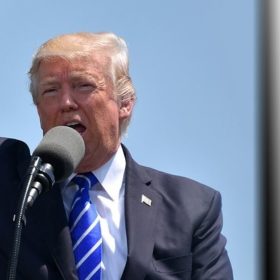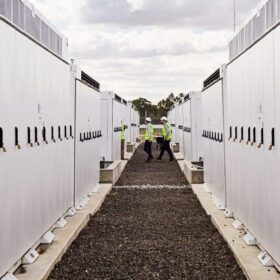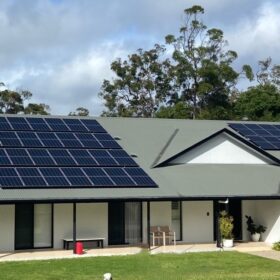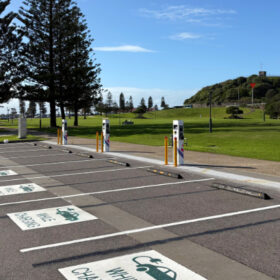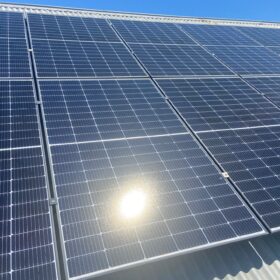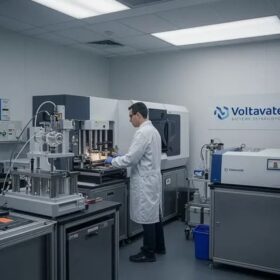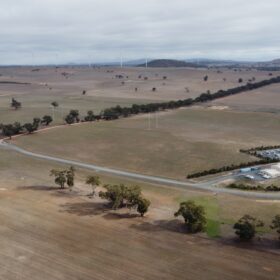Electric vehicle conspiracy theories challenge transport decarbonisation
A Queensland university has led a global study into misinformation about electric vehicles, which it found is fuelled by conspiracy theories and mistrust, even among people who own them.
US climate policy shift promises benefits for Australian renewables
United States President Donald Trump is trying to unravel the signature climate policy of his predecessor Joe Biden, the Inflation Reduction Act, as part of a sweeping bid to dismantle the country’s climate ambition.
Real-time rewards for flexible assets assured by AEMO reform
The Australian Energy Market Operator’s frequency performance payments reform future proofs the national electricity market setting real-time incentives for fast and flexible assets like batteries.
Cost-of-living and government rebates accelerate solar and battery booms
Recent studies forecast Australia is on the precipice of a rooftop solar and household battery boom, predicting record breaking installation numbers driven by falling battery and solar module prices, government rebates and cost-of-living pressures.
Advocacy group calls for national CER body to boost participation in the NEM
A new report commissioned by Energy Consumers Australia is calling for the establishment of an independent national consumer energy resources body with adequate powers to boost participation in the national electricity market.
Sun-powered network keeps pace with 1,000% EV growth in four years
The installation of 34 new electric vehicle charging ports in Newcastle, powered by a council-owned solar farm, rises to meet a 1,000% surge in uptake of EVs in the city, in the past four years.
System architecture defining brand success in booming battery retrofit market
Australia’s battery market is booming — but not all system architectures are equally positioned to benefit.
Solar electroluminescence image noise filtered by new deep learning method
University of New South Wales researchers have developed a simplified residual network-based architecture method to filter out noise from electroluminescence images of solar modules.
Voltavate to power up battery tech with Artesian backing
Australian battery tech startup Voltavate has secured $850,000 in an oversubscribed pre-seed funding round led by $1.22 billion global alternative investment management firm Artesian.
ACEnergy secures connection approval for 250 MW battery
Australian-owned renewables developer ACEnergy has received connection approval for a four-hour capacity grid-forming battery energy storage project to be built in northwest Victoria.

